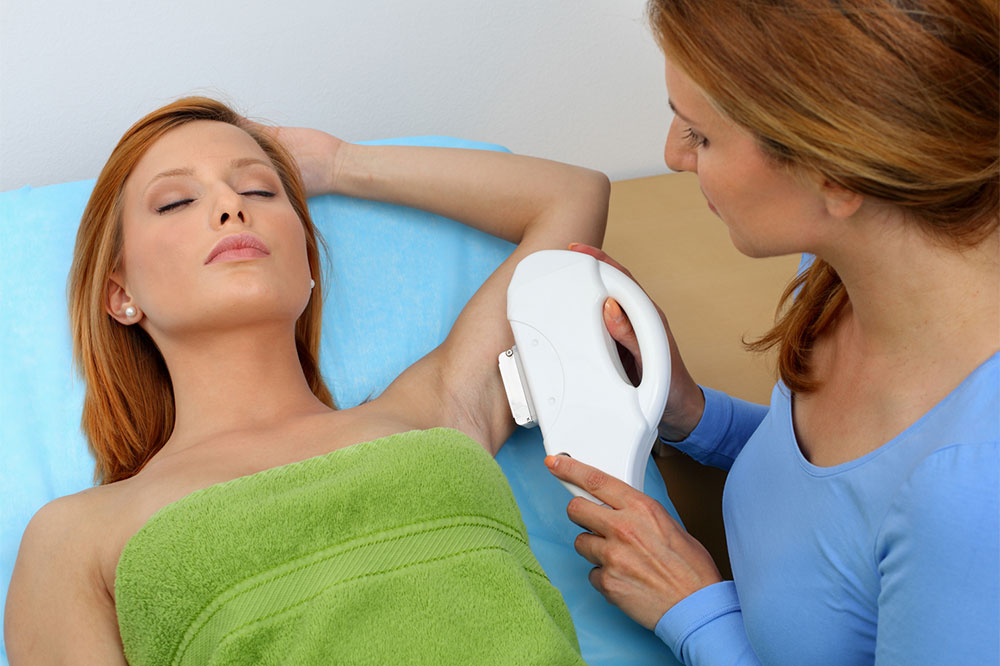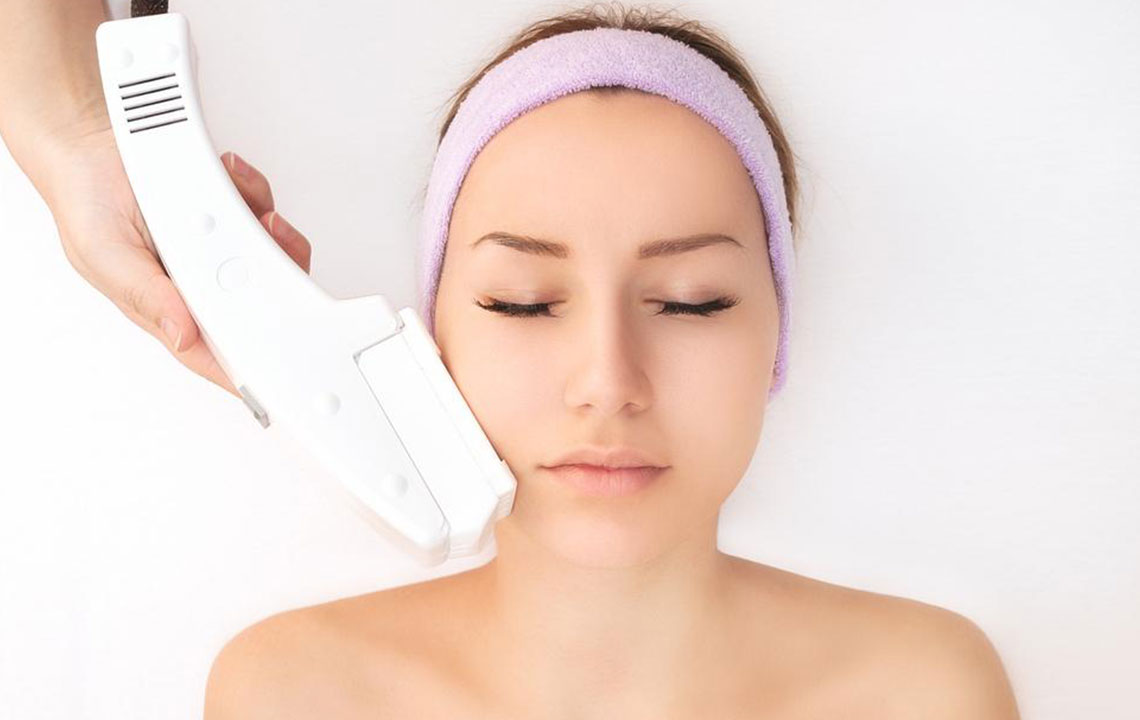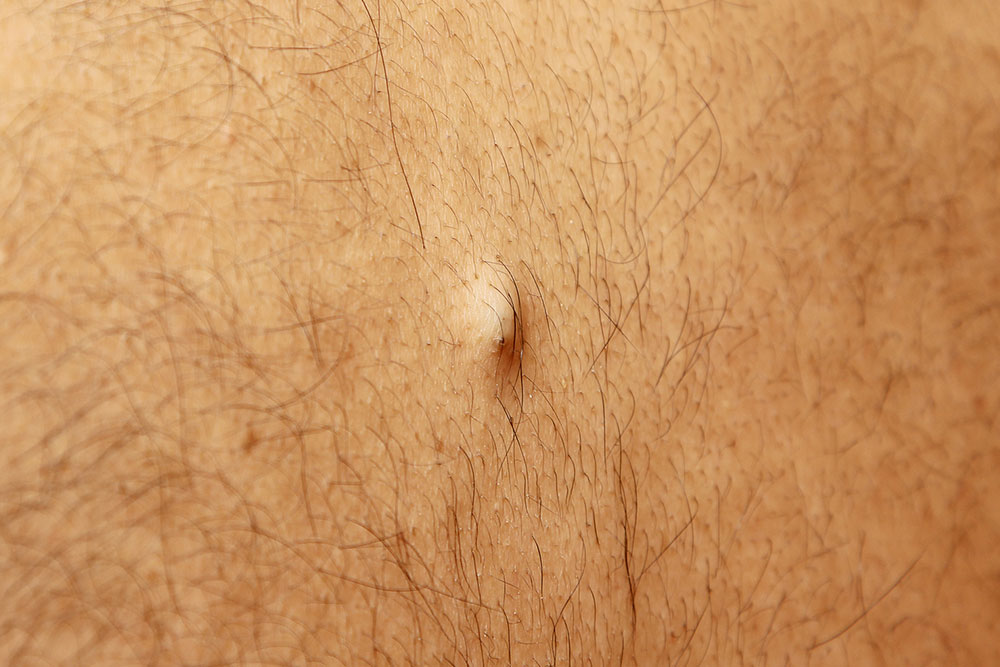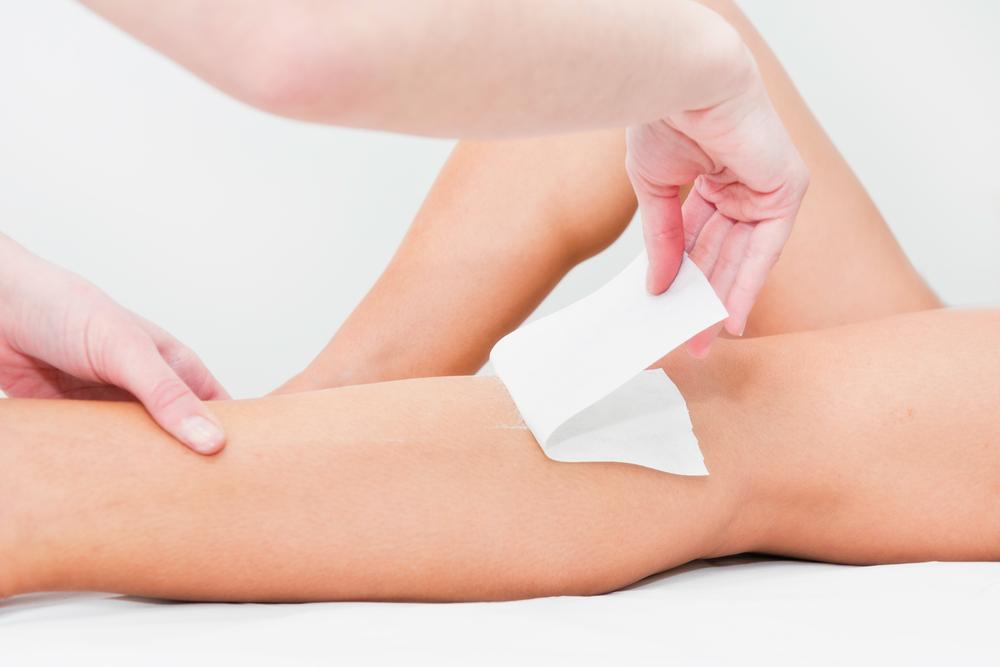Comprehensive Guide to Laser Hair Removal: Achieving Smooth, Long-Lasting Skin
Discover the comprehensive guide to laser hair removal, a popular, effective method for permanent hair reduction. Learn how the procedure works, post-treatment care, cost considerations, and tips for optimal results. Achieve smooth, hair-free skin confidently with professional laser treatments designed for safety and efficacy.

Innovative Laser Hair Removal Methods for Flawless Skin
In the realm of personal grooming and cosmetic treatments, laser hair removal has emerged as a leading solution for those aiming to eliminate unwanted facial and body hair effectively. Its popularity has soared due to its high success rate, minimally invasive nature, and the promise of long-lasting results. As technologies advance, more individuals are turning to laser treatments to achieve that smooth, hair-free skin they desire, whether for aesthetic, hygiene, or comfort reasons.
Laser hair removal is often considered a permanent hair reduction method, distinguished from temporary solutions like waxing, shaving, or depilatory creams. This technique harnesses concentrated beams of light—laser energy—to target hair follicles precisely, damaging them to prevent future growth. While traditional methods can be time-consuming and require ongoing maintenance, laser treatments offer a promising alternative that can significantly reduce the frequency and effort needed for hair removal over time.
Understanding How Laser Hair Removal Works
At the core of laser hair removal is the principle of selective photothermolysis, whereby specific wavelengths of laser light are used to target melanin—a pigment found in hair follicles. During the procedure, the laser device emits a focused beam of light that penetrates the skin’s layers and is absorbed primarily by the darker pigment in hair follicles, leaving surrounding skin relatively unaffected. The absorbed light converts into heat, which damages the hair follicle, thus inhibiting or delaying future hair growth.
This process is most effective on individuals with light skin and dark hair because the contrast allows the laser to target the follicles more precisely. For those with darker skin tones, specialized laser equipment and adjusted settings are available to minimize risks and maximize efficacy. Multiple treatment sessions are typically necessary because hair grows in cycles, and lasers can only effectively target hair in the active growth phase (anagen phase). Generally, a series of six to nine sessions, spaced approximately four to six weeks apart, delivers optimal results.
It's critical to undergo treatments during the hair's active growth phase to ensure the laser can effectively damage the follicle. Skipping sessions or timing treatments outside this window can reduce the effectiveness of the procedure, potentially requiring more sessions for desired outcomes.
Post-Treatment Expectations and Care
Immediately following the procedure, minor side effects such as redness, swelling, or a sensation similar to a mild sunburn can occur. These symptoms are temporary, typically resolving within a few hours to a day. To aid in healing and reduce discomfort, clinicians often recommend applying soothing agents like aloe vera gel or anti-inflammatory creams. Patients are advised to avoid sun exposure and use high-SPF sunscreens to protect treated areas from UV damage, which can cause pigmentation changes.
Over the course of multiple sessions, most patients notice a significant reduction in hair growth—often between 80% and 90%. Some hair may still grow back gradually, and occasional touch-up treatments might be necessary to maintain results or target stubborn hairs. The areas commonly treated include facial regions, legs, arms, back, chest, and bikini line, among others. Laser treatments are customizable depending on the individual’s skin type, hair color, and desired outcome.
Cost and Financial Considerations
On average, each session of laser hair removal costs around $235, though prices can vary based on geographical location and the clinic’s reputation, according to the American Society of Plastic Surgeons.
Most individuals require between 6 to 9 sessions for optimal results, which can lead to a total cost ranging from $1,410 to over $2,100 depending on the treatment area and number of sessions.
Larger areas like the back or legs tend to be more expensive than smaller zones such as the upper lip or underarms.
Many clinics offer package deals, membership options, or discounts for multiple sessions, helping to make ongoing treatments more affordable. Free initial consultations are also common to assess candidacy and discuss individual needs.
Pre-Treatment Tips for Better Outcomes
Ensure your provider has extensive experience and proper certification in laser procedures.
Choose reputable clinics with positive reviews and well-maintained equipment.
Avoid tanning or sun exposure for at least four weeks before treatment, as tanning increases the risk of side effects.
Discuss your skin and hair type with the provider to determine the most suitable laser technology and settings.
Follow pre-treatment guidelines provided by your clinician to optimize safety and efficiency.
In summary, laser hair removal provides a cost-effective, durable solution for achieving smooth, hair-free skin. When performed by qualified professionals using modern technology and with proper preparation, it can significantly reduce your grooming routine and enhance your confidence with long-lasting results.





